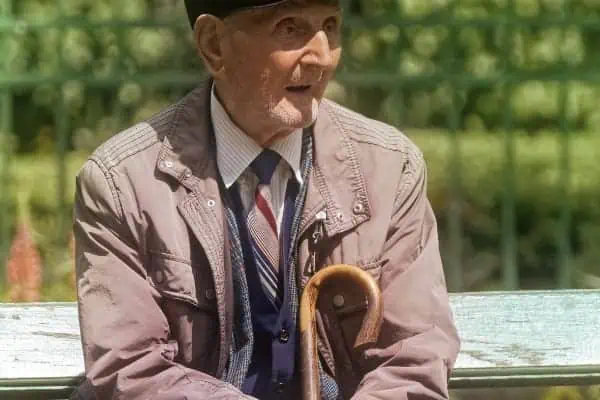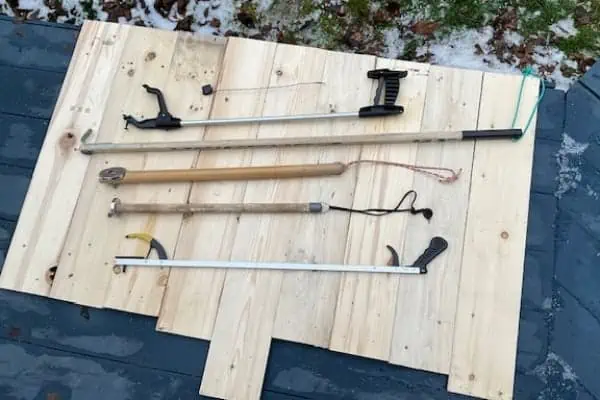Most survival situations don’t involve plane crashes, floods or blizzards. Usually they are fairly routine events such as a broken motorboat propeller, water in the gas, a broken ski or a sprained ankle.
All of us with some time on the land realize that things often happen that were not part of the plan. At that point, being even slightly prepared can get you through a situation that could range from very uncomfortable to life threatening.
A small, home made survival kit is usually better than a kit you can buy because it will better suit the area you are travelling, whereas the factory built units are generic and often contain items you’ll never need, like a snake-bite kit, for example.
Size-wise, your personal survival gear needs to match your activity. A kit for a back-pack trip such as a sheep hunt needs to be light weight, while a trip involving a boat, truck or snowmobile can include a heavier kit.
If you capsize your canoe, fall out of the boat, get lost or put your snow machine through the ice, your survival gear will be gone except for what you have on your person – so you should always have the essentials in your pockets.
The two major parts of a survival kit are implements for lighting a fire and creating shelter. If you have these, your chances are very good you will survive the ordeal. Your fire-lighting technique must be simple and successful in short order, even if you are wet and/or hypothermic. Guaranteed success comes with solid-fuel pellets, fire-paste, duct-tape, bug-dope or dryer lint. These are used to get the hastily gathered kindling started up.
Carry two or three Bic lighters and a waterproof container with wooden strike-anywhere matches as your back up. Don’t rely on packaged water-proof matches as they only light on the box they came in, and if the box is wet they don’t light at all.
Shelter can be anything to block the weather including one or two large-size plastic garbage bags, a six foot square piece of vapour barrier, a light-weight tarp, leafy tree branches or a small tent. If possible, the shelter should be in place and the fire lit before dark.
If you don’t take it with you, you won’t have it when you need it.




